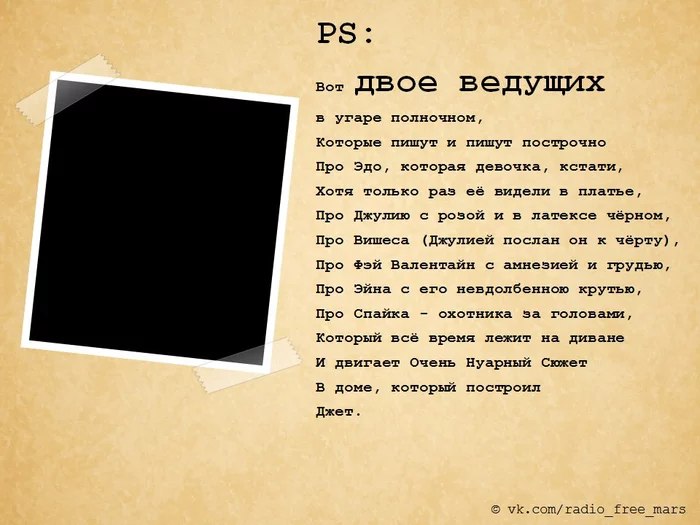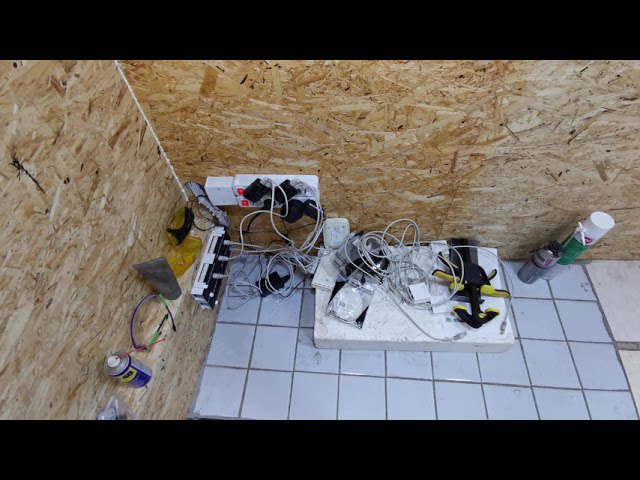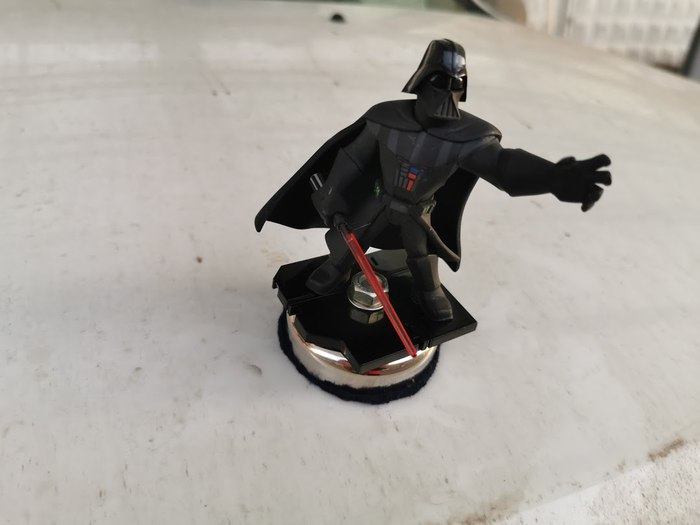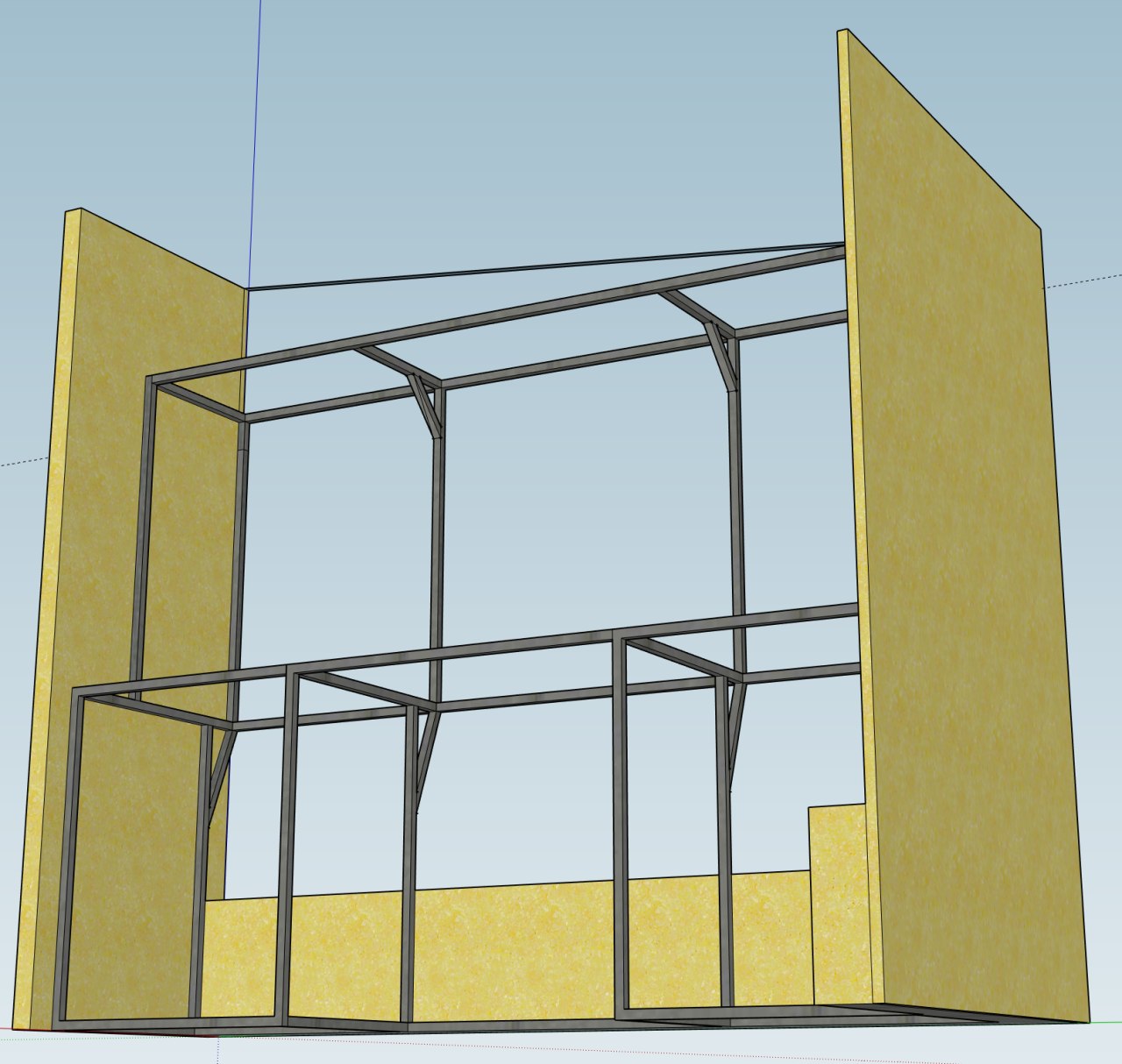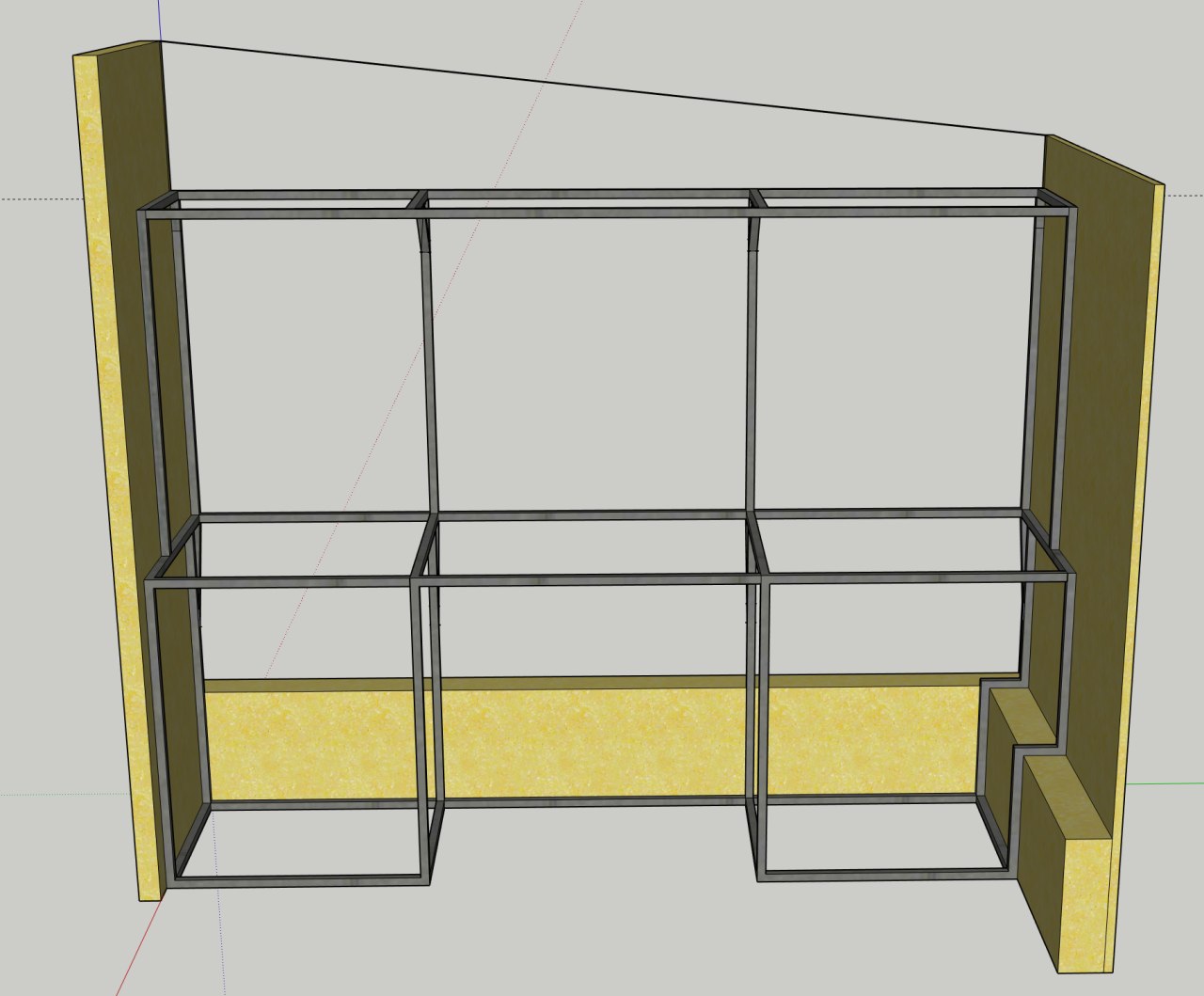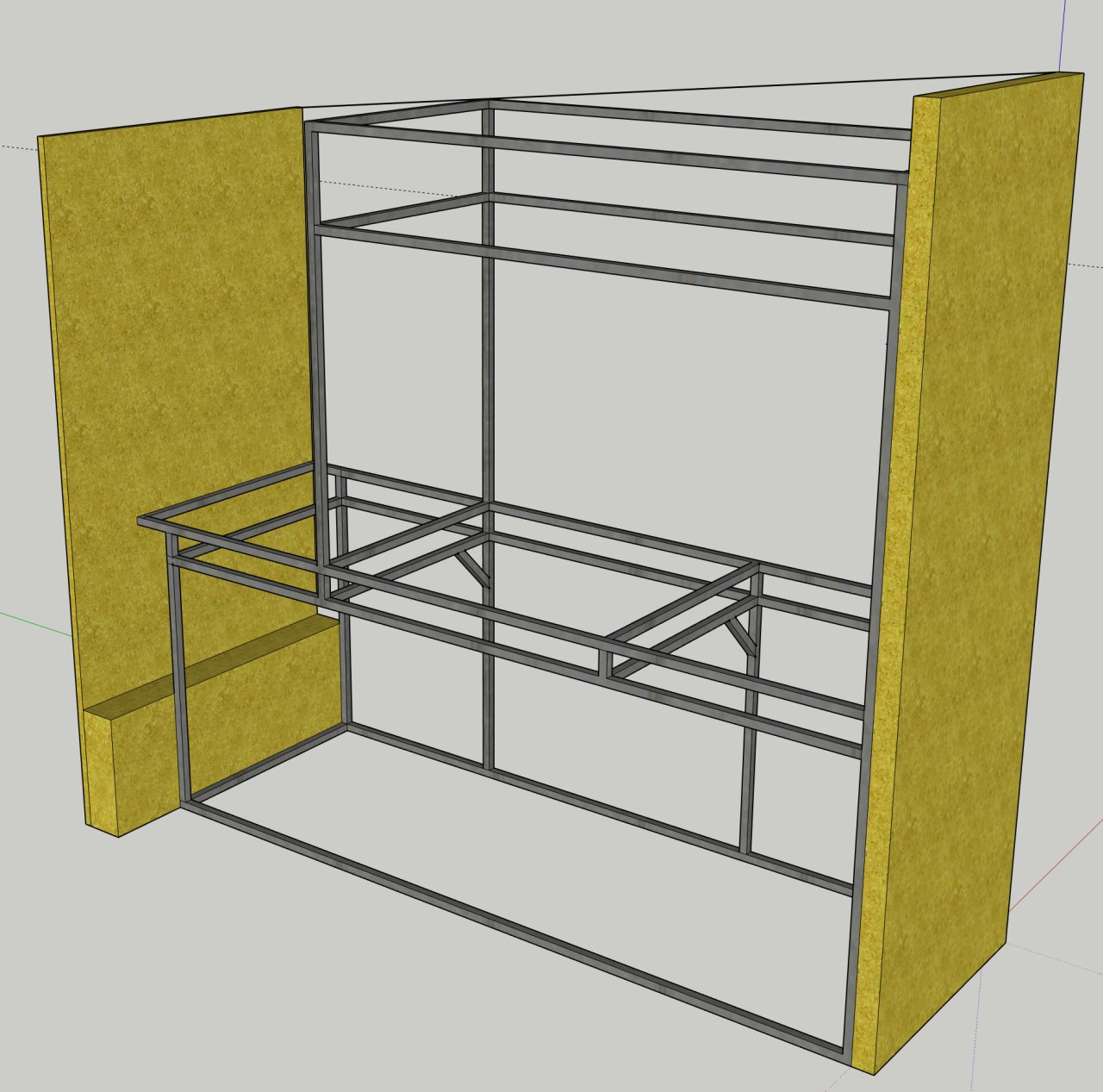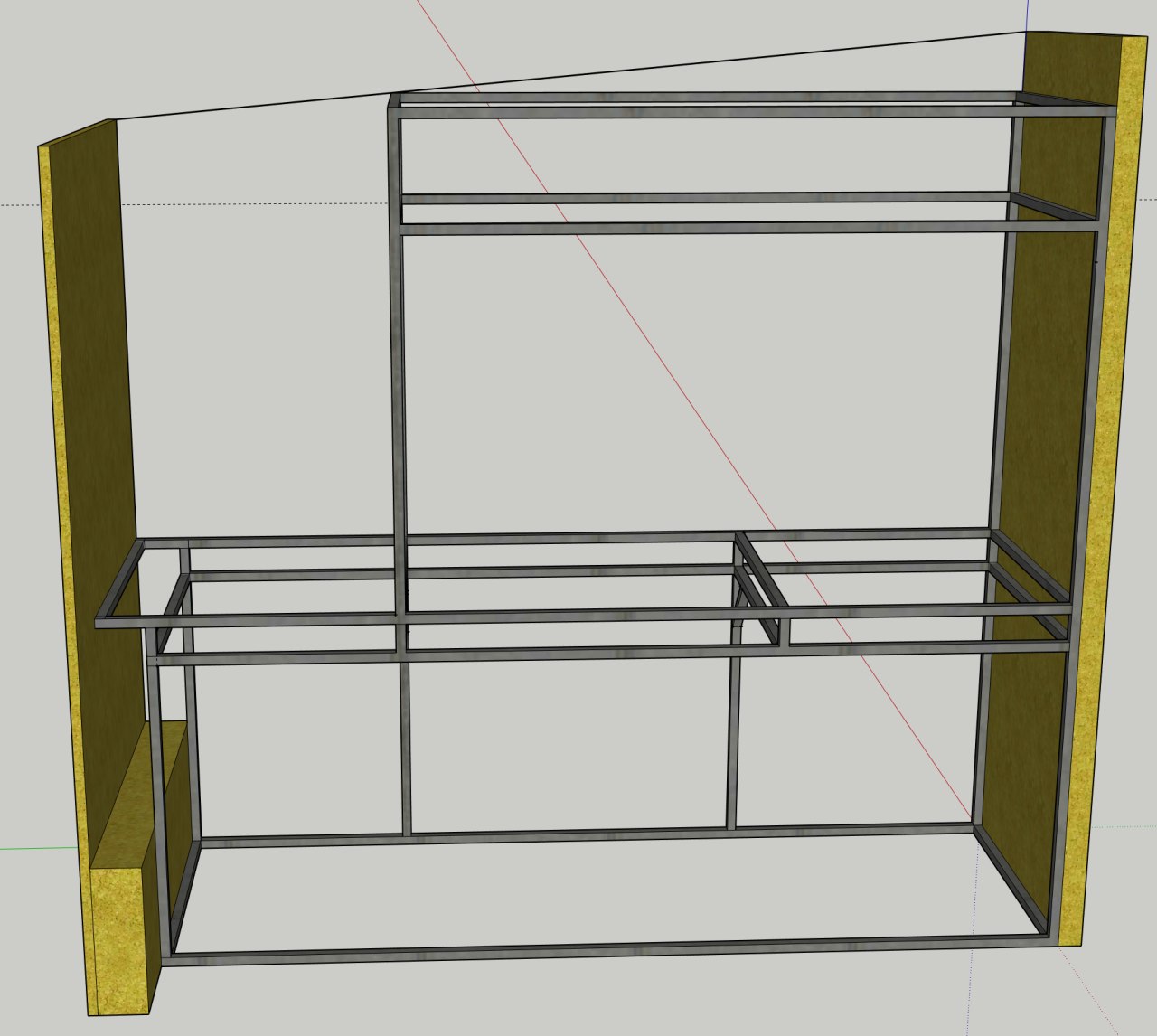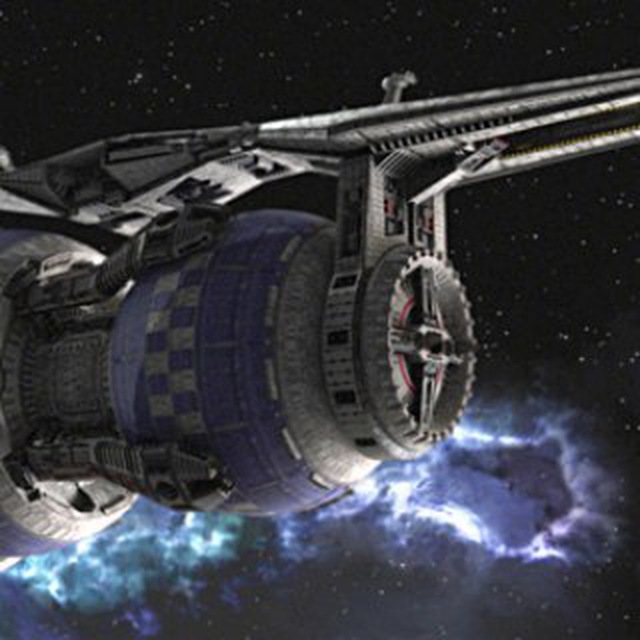
Size: a a a
2020 November 05

2020 November 06


Moon over ISS
Completing one orbit of our fair planet in 90 minutes the International Space Station can easily be spotted by eye as a very bright star moving through the night sky. Have you seen it? The next time you do, you will have recognized the location of over 20 years of continuous human presence in space. In fact, the Expedition 1 crew to the ISS docked with the orbital outpost some 400 kilometers above the Earth on November 2, 2000. No telescope is required to spot the ISS flashing through the night. But this telescopic field of view does reveal remarkable details of the space station captured as it transited the waning gibbous moon on November 3, just one day after the space age milestone. The well-timed telescopic snapshot also contains the location of another inspirational human achievement. About 400,000 kilometers away, the Apollo 11 landing site on the dark, smooth lunar Sea of Tranquility is to the right of the ISS silhouette.
https://ift.tt/2TZhy1S #apod
Completing one orbit of our fair planet in 90 minutes the International Space Station can easily be spotted by eye as a very bright star moving through the night sky. Have you seen it? The next time you do, you will have recognized the location of over 20 years of continuous human presence in space. In fact, the Expedition 1 crew to the ISS docked with the orbital outpost some 400 kilometers above the Earth on November 2, 2000. No telescope is required to spot the ISS flashing through the night. But this telescopic field of view does reveal remarkable details of the space station captured as it transited the waning gibbous moon on November 3, just one day after the space age milestone. The well-timed telescopic snapshot also contains the location of another inspirational human achievement. About 400,000 kilometers away, the Apollo 11 landing site on the dark, smooth lunar Sea of Tranquility is to the right of the ISS silhouette.
https://ift.tt/2TZhy1S #apod
2020 November 08

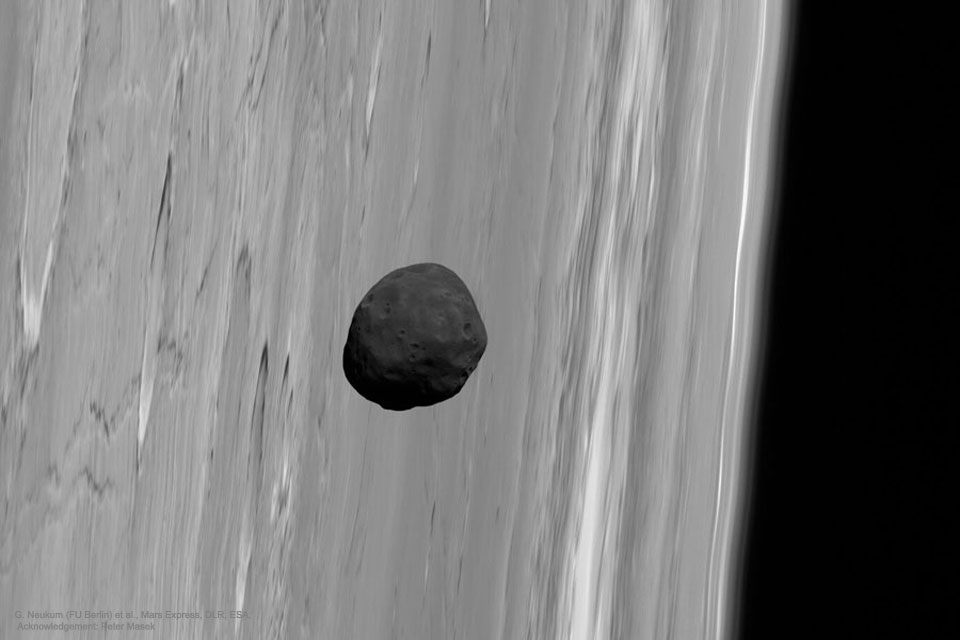
Martian Moon Phobos from Mars Express
Why is Phobos so dark? Phobos, the largest and innermost of two Martian moons, is the darkest moon in the entire Solar System. Its unusual orbit and color indicate that it may be a captured asteroid composed of a mixture of ice and dark rock. The featured picture of Phobos near the limb of Mars was captured in 2010 by the robot spacecraft Mars Express currently orbiting Mars. Phobos is a heavily cratered and barren moon, with its largest crater located on the far side. From images like this, Phobos has been determined to be covered by perhaps a meter of loose dust. Phobos orbits so close to Mars that from some places it would appear to rise and set twice a day, but from other places it would not be visible at all. Phobos' orbit around Mars is continually decaying -- it will likely break up with pieces crashing to the Martian surface in about 50 million years.
https://ift.tt/3eEpa3d #apod
Why is Phobos so dark? Phobos, the largest and innermost of two Martian moons, is the darkest moon in the entire Solar System. Its unusual orbit and color indicate that it may be a captured asteroid composed of a mixture of ice and dark rock. The featured picture of Phobos near the limb of Mars was captured in 2010 by the robot spacecraft Mars Express currently orbiting Mars. Phobos is a heavily cratered and barren moon, with its largest crater located on the far side. From images like this, Phobos has been determined to be covered by perhaps a meter of loose dust. Phobos orbits so close to Mars that from some places it would appear to rise and set twice a day, but from other places it would not be visible at all. Phobos' orbit around Mars is continually decaying -- it will likely break up with pieces crashing to the Martian surface in about 50 million years.
https://ift.tt/3eEpa3d #apod
2020 November 09

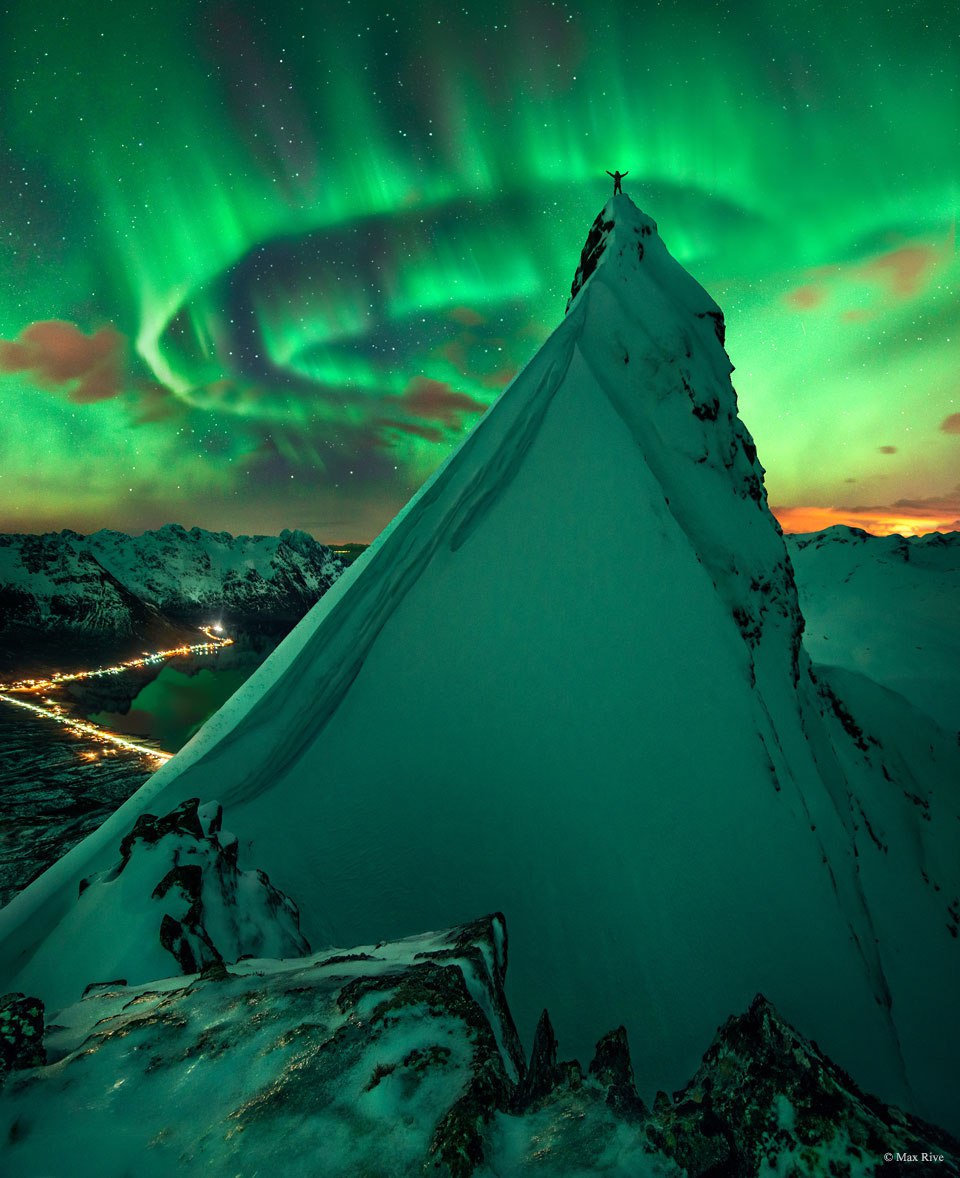
In Green Company: Aurora over Norway
Raise your arms if you see an aurora. With those instructions, two nights went by with, well, clouds -- mostly. On the third night of returning to same peaks, though, the sky not only cleared up but lit up with a spectacular auroral display. Arms went high in the air, patience and experience paid off, and the creative featured image was captured as a composite from three separate exposures. The setting is a summit of the Austnesfjorden fjord close to the town of Svolvear on the Lofoten islands in northern Norway. The time was early 2014. Although our Sun has just passed the solar minimum of its 11-year cycle, surface activity should pick up over the next few years with the promise of triggering more spectacular auroras on Earth.
https://ift.tt/3n6C11e #apod
Raise your arms if you see an aurora. With those instructions, two nights went by with, well, clouds -- mostly. On the third night of returning to same peaks, though, the sky not only cleared up but lit up with a spectacular auroral display. Arms went high in the air, patience and experience paid off, and the creative featured image was captured as a composite from three separate exposures. The setting is a summit of the Austnesfjorden fjord close to the town of Svolvear on the Lofoten islands in northern Norway. The time was early 2014. Although our Sun has just passed the solar minimum of its 11-year cycle, surface activity should pick up over the next few years with the promise of triggering more spectacular auroras on Earth.
https://ift.tt/3n6C11e #apod


#scp #scpfoundation
2020 November 10


The Central Soul Nebula Without Stars
This cosmic close-up looks deep inside the Soul Nebula. The dark and brooding dust clouds near the top, outlined by bright ridges of glowing gas, are cataloged as IC 1871. About 25 light-years across, the telescopic field of view spans only a small part of the much larger Heart and Soul nebulae. At an estimated distance of 6,500 light-years the star-forming complex lies within the Perseus spiral arm of our Milky Way Galaxy, seen in planet Earth's skies toward the constellation Cassiopeia. An example of triggered star formation, the dense star-forming clouds in the Soul Nebula are themselves sculpted by the intense winds and radiation of the region's massive young stars. In the featured image, stars have been digitally removed to highlight the commotion in the gas and dust.
https://ift.tt/2JIwJdF #apod
This cosmic close-up looks deep inside the Soul Nebula. The dark and brooding dust clouds near the top, outlined by bright ridges of glowing gas, are cataloged as IC 1871. About 25 light-years across, the telescopic field of view spans only a small part of the much larger Heart and Soul nebulae. At an estimated distance of 6,500 light-years the star-forming complex lies within the Perseus spiral arm of our Milky Way Galaxy, seen in planet Earth's skies toward the constellation Cassiopeia. An example of triggered star formation, the dense star-forming clouds in the Soul Nebula are themselves sculpted by the intense winds and radiation of the region's massive young stars. In the featured image, stars have been digitally removed to highlight the commotion in the gas and dust.
https://ift.tt/2JIwJdF #apod
2020 November 11


Каркас основного рабочего места. Профильная труба 20х20
#мастерская
#мастерская

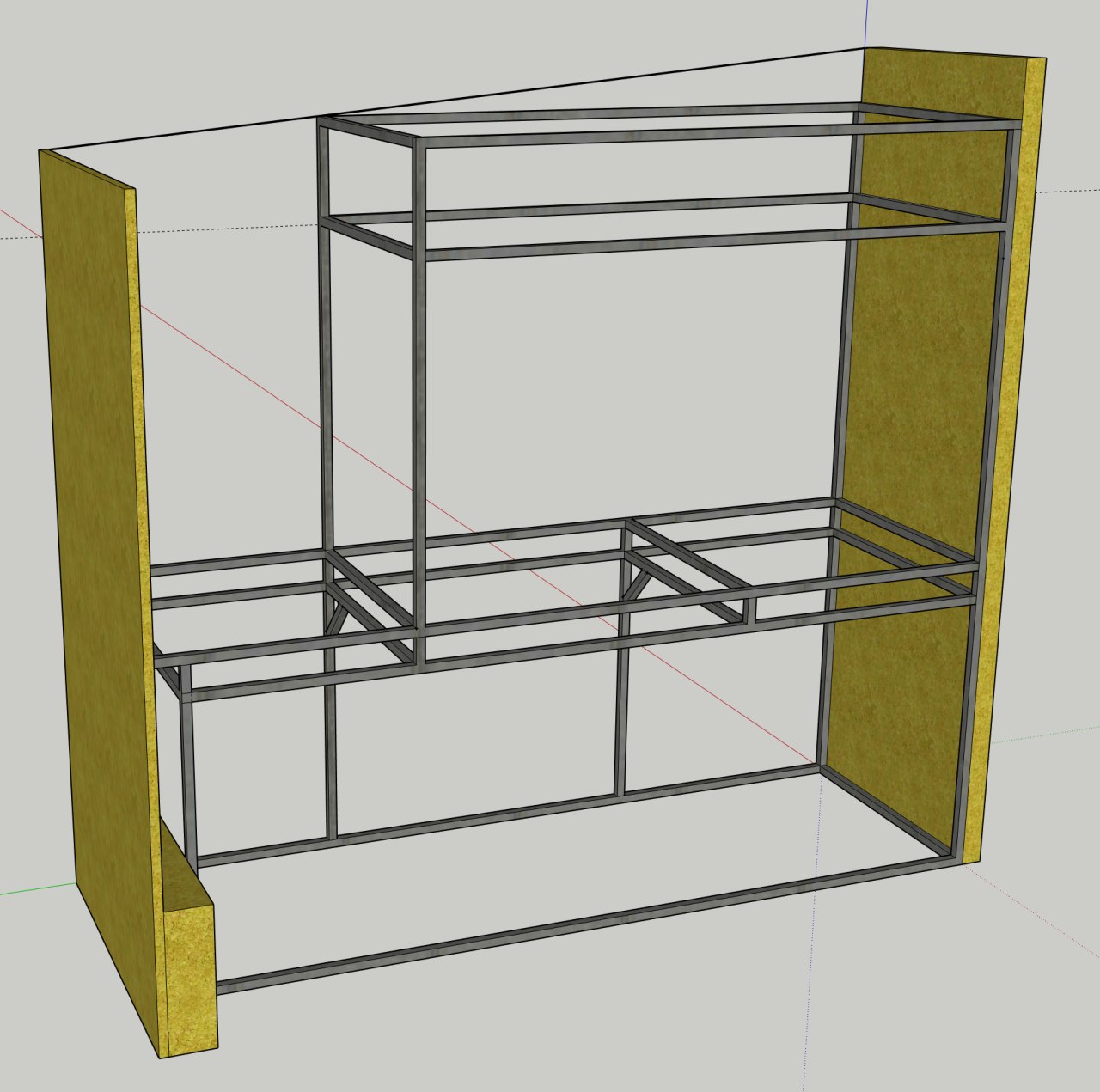
Каркас дополнительного рабочего места. Профильная труба 20х20
#мастерская
#мастерская








